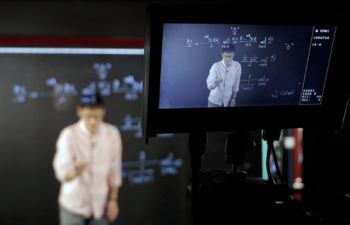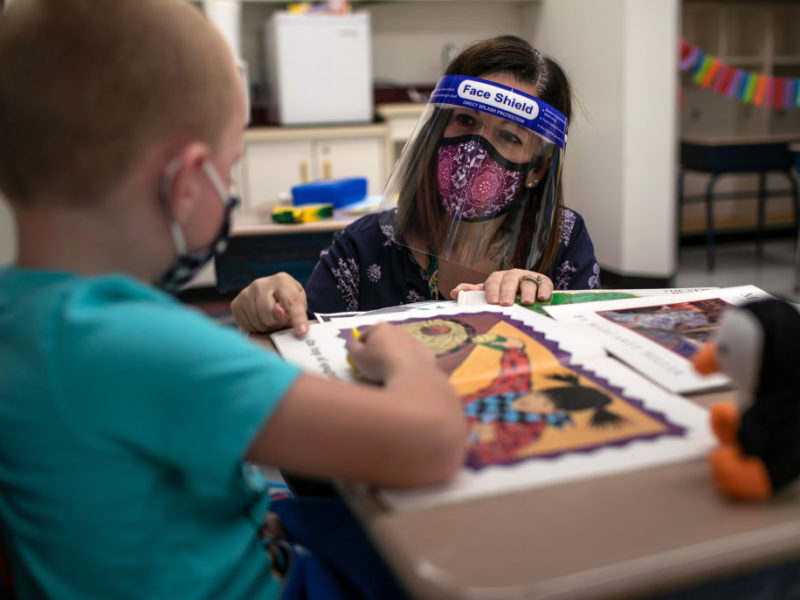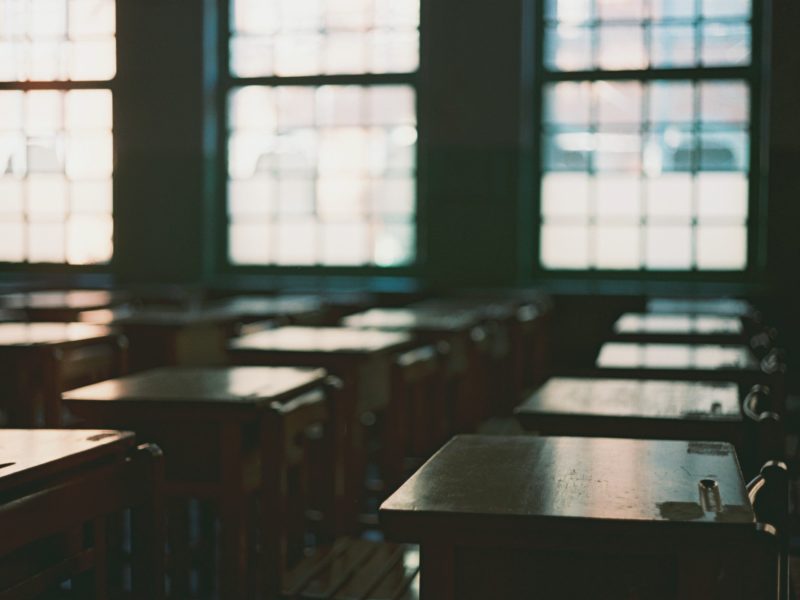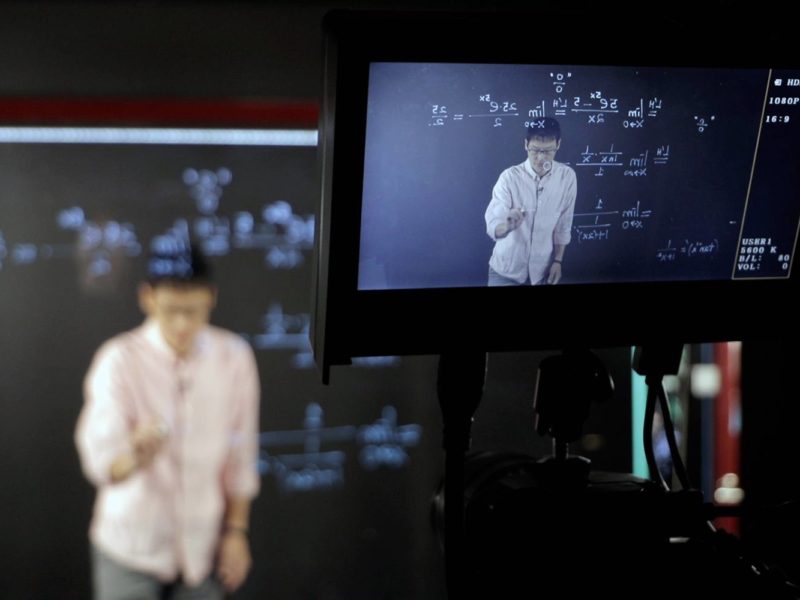College of Science Transforms Educational Experience During COVID-19

When plans were made for Texas A&M University’s main campus to reopen this fall, faculty and staff were faced with a daunting task — creating safe and comfortable learning environments for all students while simultaneously navigating the ongoing health crisis created by COVID-19.
In the College of Science, where active learning is often so crucial to instruction, professors continue to find innovative ways to keep students hooked, despite the ongoing challenges of a global pandemic.
This semester, the university mandated that both face-to-face and remote learning opportunities would be available to students. Jennifer Whitfield, an instructional associate professor of mathematics and assistant head for academic professional track faculty, also noted that the new era of face masks and social distancing meant many science professors had to completely reinvent their teaching approach.
“COVID has greatly changed the learning environment in higher education,” Whitfield said. “The College of Science, I believe, has done an outstanding job, and the instructors have been exceptional in the way that they’ve creatively tried to think about ways to still try to engage the students in the learning process.”
Daniel Collins, a senior lecturer of chemistry, was one of the first faculty members in his department who volunteered to teach in-person classes. To accommodate the roughly 150 students in his organic chemistry course, Collins was able to secure the 600-seat, 360-degree arena of the new, state-of-the-art Innovative Learning Classroom Building, where he is also able to broadcast his lecture in real time.
“It’s been a game-changer, because those students love coming to class,” Collins said. “Getting that room was a total stroke of luck, and it’s really helped my class tremendously. This whole experience with COVID has had me trying new things that I never would’ve dreamed of doing, all out of necessity for our students.”
A major concern among many professors was transitioning hands-on laboratory sections into virtual learning experiences and how well the demonstrations would translate over video. Amber Schaefer, an instructional assistant professor of chemistry, utilizes a novel technique to reconfigure her labs for the remote learning format. Rather than simply show her students a video of how a chemical reaction is made, Schaefer requires them to learn the correct procedure and then direct her step-by-step through the experiment as they watch via remote.

“The analogy I use is that I’m the puppet and they’re the puppeteer,” Schaefer said. “This has presented some interesting opportunities to allow occasional mistakes to occur, and then we get the opportunity to discuss what went wrong and come up with ways to troubleshoot problems. If I had pre-filmed the experiments and just showed the videos to my students taking the course remotely, we would have missed out on these opportunities.”
While faculty make the best of the current state of affairs, students like senior biology major and Science Leadership Scholar Isa Duong ’21 are grateful for the safety measures being taken, for both the sake of their learning experiences and overall well-being. Duong says that even though her final year of college has been greatly impacted by the pandemic, including a cancelled Aggie Ring Day ceremony, she remains optimistic that things might return to some degree of normalcy before she graduates.
“I understand the rationale behind some of these decisions, and I support it out of safety and consideration for other Aggies and their families,” Duong said. “I hope that students will continue to comply with the safety measures that Texas A&M has implemented so that graduation will not be cancelled like last year. I am a first-generation student, and I’m really looking forward to inviting my parents to watch their daughter become the first college graduate in their family.”
Alyssa Brigham, director of student retention as well as an academic advisor in statistics, is in a unique position to observe the college’s handling of both in-person and online education and also to listen to related feedback from students.
She’s been amazed at how quickly students have been able to adapt to the university’s new normal as faculty continue to make the best out of unprecedented circumstances.
The instruction may look different these days, Brigham says, but the impact is still the same.
“We know that this is a challenge, but we also view it as a huge opportunity to get students connected, to keep students connected and really make the most of the learning opportunities that we have now,” Brigham said. “This is how we support our students, and this is how they thrive.”
This article by Chris Jarvis originally appeared on the College of Science website.





